
The late Queen Mother was one of the most beloved royal figures of all time, serving as a member of the Royal Family for 78 years.
The Queen Mother's popularity was in part thanks to her presence - she was there for the country during the Second World War, she lost her husband publicly at a tragically young age, and she would continue working well into her late 90s, becoming the nation's grandmother figure.
But before she was 'the Queen Mum', she lived a full and iconic life - and these facts prove why her legacy endures.
Interesting facts about the late Queen Elizabeth, the Queen Mother
She was born on August 4, 1900

Lady Elizabeth Angela Marguerite Bowes Lyon was born on August 4, 1900, and was the ninth of ten children.
Her parents were Claude Bowes-Lyon, Lord Glamis (later the 14th Earl of Strathmore) and Cecilia Cavendish-Bentinck.
Despite being called a ‘commoner’, she was far from it

When she first married Prince Albert, the Duke of York, she was often referred to as a “commoner” (an antiquated term for someone who wasn't nobility).
Elizabeth actually from minor nobility as she was the daughter of Lord Glamis, and spent most of her childhood in the ancestral home at Glamis Castle.
She was the first British royal to smile in pictures

After marrying Prince Albert - her ‘Bertie’ - she officially became the Duchess of York. Of course, history would pivot wildly and the Duke of York would unexpectedly become King George VI after his brother, Edward, abdicated to be with Wallis Simpson.
But before that time came, her role as a Duchess saw her win over fans with her warm nature. In fact, she was even nicknamed the "Smiling Duchess."
She was always skilled at giving back

A keen sense of duty and charity is what makes a royal successful, and the Queen Mother was doing this even before she met the future King George VI.
During the First World War, Glamis Castle became a convalescent hospital where Elizabeth would help care for wounded soldiers.
Lady Elizabeth’s kindness won her the respect and loyalty of many soldiers who passed through Glamis during those years.
She was bilingual - something the modern royals are encouraged to follow
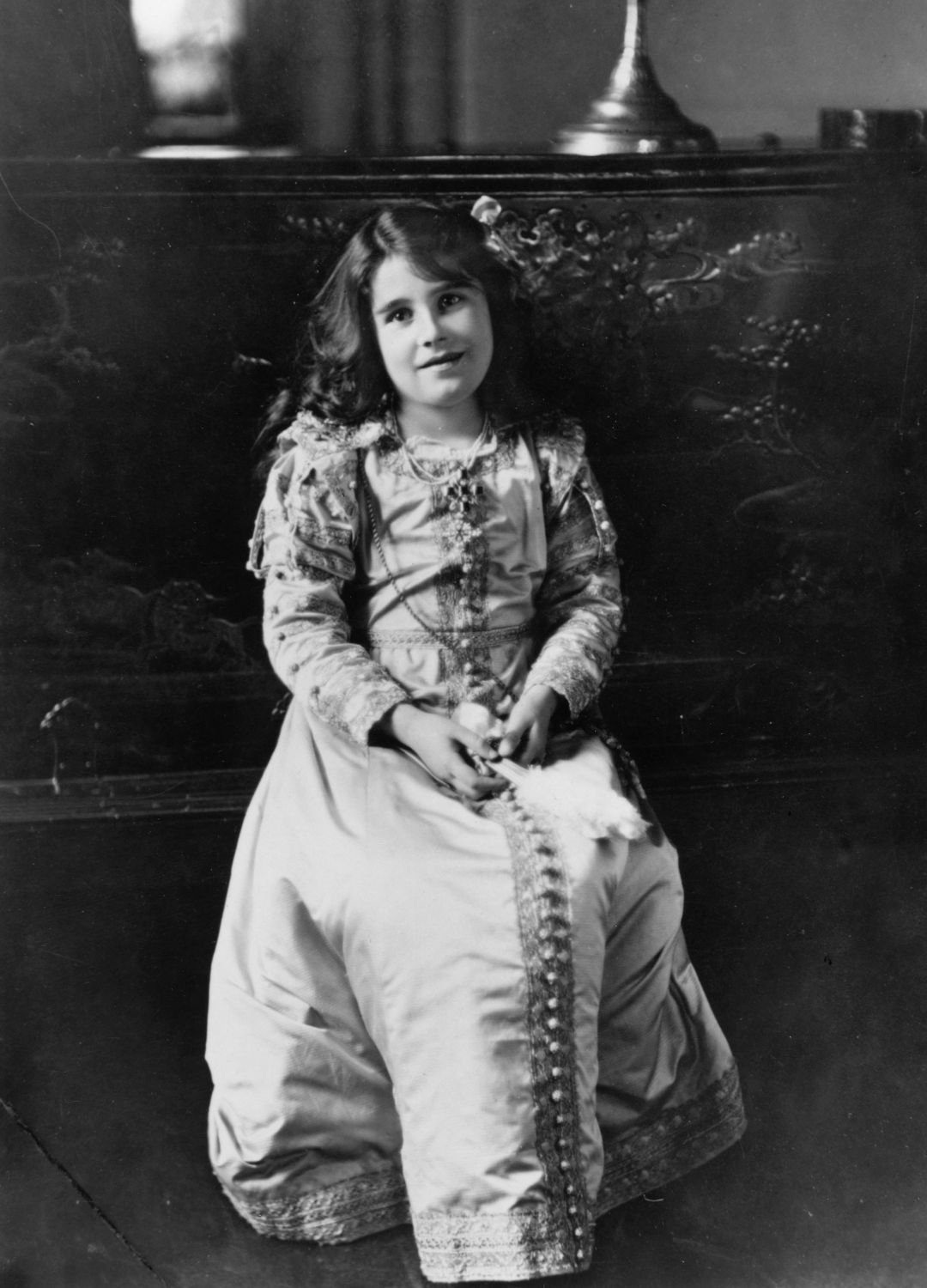
By the age of 10, a young Queen Mother was fluent in French.
This diplomatic skill is now encouraged by most of the senior royals. It's thought that Prince William speaks French, German, Welsh and Swahili, and Prince George and Princess Charlotte have picked up Spanish from a young age.
Distant cousins to a controversial figure

While a young Elizabeth was very close with her brother, David Bowes Lyon, with their other siblings being a little bit older than the pair, there was another family member who they were likely not as keen to stay in touch with.
The Queen Mother was fourth cousins with Oswald Mosley, the founder and leader of the British Union of Fascists - who modern audiences might be familiar with as he was depicted prominently in the hit series, Peaky Blinders.
She lived through six different monarchs

Elizabeth was born in August 1900, when Queen Victoria was on the throne. She then lived through the reigns of five more monarchs: Edward VII, George V, Edward VIII, George VI and ending with that of her daughter, Queen Elizabeth II.
Because of Queen Elizabeth II’s historic 70 year reign, having so many monarchs seems unthinkable to people who’ve lived through the late 20th and early 21st centuries.
She married the future King George VI in 1923

Becoming the Duke and Duchess of York upon their wedding, the future King and Queen were wed on April 26, 1923 at Westminster Abbey.
In his diary, her father-in-law, King George V noted that after continuous rain that morning "the sun actually came out as Elizabeth entered the Abbey."
She bucked a superstition with her wedding dress

Elizabeth's wedding dress had plenty of surprising stylistic choices, including a silver leaf girdle that featured a trail of spring green tulle.
An old superstition suggests that getting married in green is said to bring bad luck - something which the Queen Mother proved wrong with her strong marriage to the King.
Other details of her outfit included an orange blossom wreath which featured white roses of York.
Her wedding dress was elegant and forward-thinking

The future Queen Elizabeth's wedding dress was made from deep ivory chiffon moire.
The wedding dress was made by Madame Handley-Seymour, dressmaker to Queen Mary, and was reportedly inspired by a medieval Italian gown.
With a sense of modernity for the time, the design featured a drop waist silhouette and discrete chain, and was embroidered with pearls and silver thread.
She did something Kate Middleton wasn’t allowed to do

There was something the Queen Mother did which suggested she would’ve bonded well with the Princess of Wales if they’d been able to meet. Elizabeth chose not to wear a tiara, and instead a chaplet of leaves secured her veil. It was reported that Princess Catherine wanted to go against the tradition of a royal bride wearing a tiara, hoping to wear a floral crown herself.
Her popularity took time - but she did become one of the most popular royals ever

After the abdication of King Edward VIII in December 1936, the monarchy faced a massive crisis, which might have been difficult for any other royals to overcome. But, through her warm nature and the couple’s visibility during World War Two, King George VI and Queen Elizabeth became hugely popular figures.
The Queen Mother’s popularity famously stayed with her for her entire life, when she eventually became something of a grandmother figure to the nation in her later years.
She actually turned down her future husband - twice!

During their courtship, Prince Albert (the future King George VOI) first proposed to Elizabeth in 1921 but was rejected as Elizabeth felt she would, as quoted by many sources, be “afraid never, never again to be free to think, speak and act as I feel I really ought to.”
The prince is said to have proposed for a second time after Elizabeth took on the role of a bridesmaid at the wedding of his sister, Princess Mary, to Viscount Lascelles at Westminster Abbey in 1922. Some reports suggest that Albert’s mother, Queen Mary, even got involved, visiting Glamis to speak with her future daughter-in-law, according to the book, Thatched with Gold, by Mabell Ogilvy, Queen Mary’s lady-in-waiting.
She was the last Empress of India

Having become Queen Consort upon her husband’s coronation in 1937, Queen Elizabeth served as the last Empress of India. She took on the role - along with the title of Queen Consort - until 1947, when India gained independence.
She had a powerful enemy…

After winning over the public following the somewhat unconventional journey to the crown - with King George and Elizabeth stepping in after Edward’s shocking abdication - the Queen Mother became an indomitable figure for wartime Britain.
She was so popular and present that Adolf Hitler reportedly dubbed her Europe’s most dangerous woman, because of her ability to boost the morale of the public in the face of his attacks.
She started a touching tradition

The tradition of placing a bouquet on the tomb of the Unknown Warrior at Westminster Abbey is one that was important to the likes of Queen Elizabeth II, who famously made sure to carry on the tradition in an empty Abbey during the Covid-19 pandemic.
It started in 1923 when Lady Elizabeth unexpectedly laid her bouquet on the grave of the Unknown Warrior after her wedding. This was reportedly in memory of her brother, Fergus, who was killed in World War I.
She had a special bond with her staff

She was known to be a much-loved member of the household, sharing a good relationship with the staff. But none compared to the decades-long friendship she had with her butler, who has the popular nickname Backstairs Billy. They even made a play about their bond, with Downton Abbey’s Penelope Wilton playing the Queen Mother.
She shares a birthday with another royal
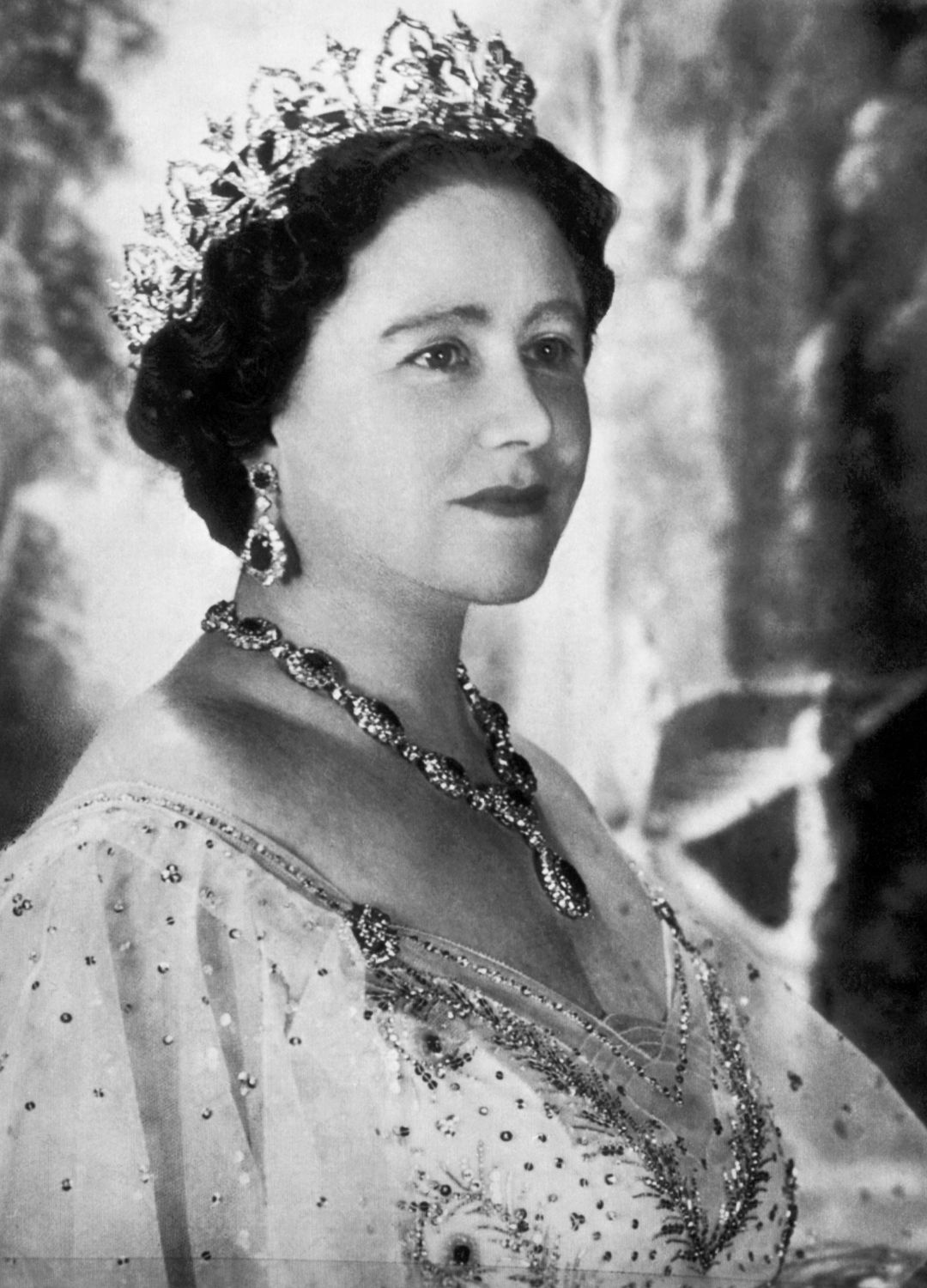
Meghan Markle is also born on August 4. This makes the pair Leos, under the astrological chart. Traits of a Leo include generosity, loyalty and an affinity for life in the spotlight.
Her long life was at odds with her funeral plans

The Queen Mother lived a long life - dying at 101. However, her funeral preparations began way back in 1969.
Part of the reason might have been the unexpected nature of her husband's passing. King George VI died aged just 56 years old, and it was considered such a surprise that it led to a new royal rule - afterwards, all royals always travelled with a black mourning outfit, so no one could get caught out without one like Queen Elizabeth II was.
She used her sway to get a special appearance at the Royal Variety Performance

She was reportedly such a fan of the US sitcom, The Golden Girls, that she decided to pull some strings.
She requested the show's four leading stars - Bea Arthur, Betty White, Rue McClanahan and Estelle Getty - be invited to perform at the 1988 Royal Variety Performance.
The King’s Speech

Writer David Seidler, who suffered from a stutter as a child-like King George VI, found inspiration in the story of the King’s triumph against the condition. He asked her permission to write a play about it, and the Queen Mother gave her permission on one condition: it could not be produced until after her death.
The play was eventually written and later adapted into an Oscar-winning film, starring Colin Firth and Helena Bonham Carter as the King and Queen.
She was renowned for enjoying a stiff drink
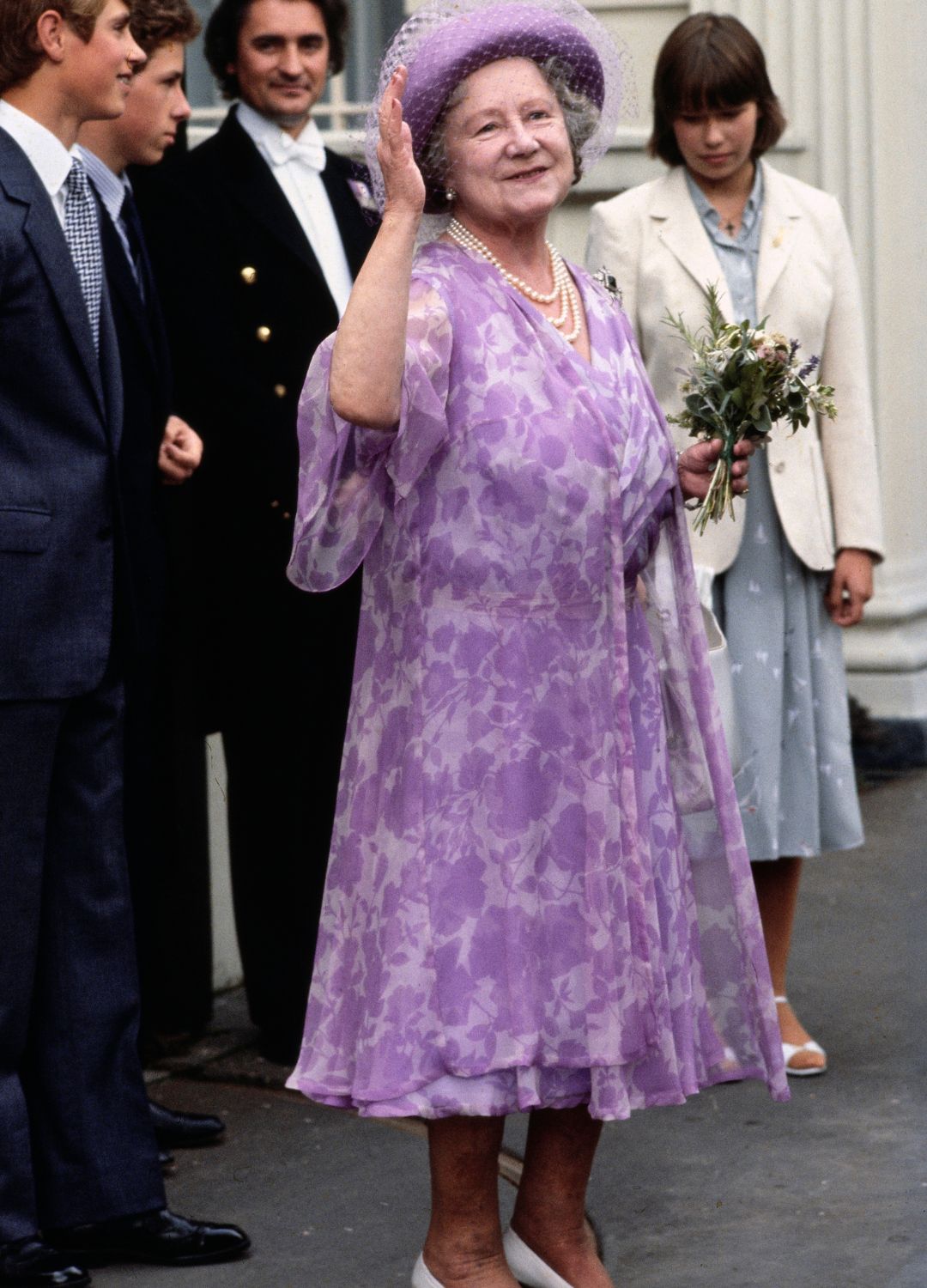
An appreciator of the finer things, the Queen Mother, like her daughter, Princess Margaret, enjoyed a more relaxed take on royal life. At noon, she was thought to have her first drink of the day - a mix of two parts of the fortified wine Dubonnet to one part of gin.
She took up residence at the Royal Lodge for most of her life
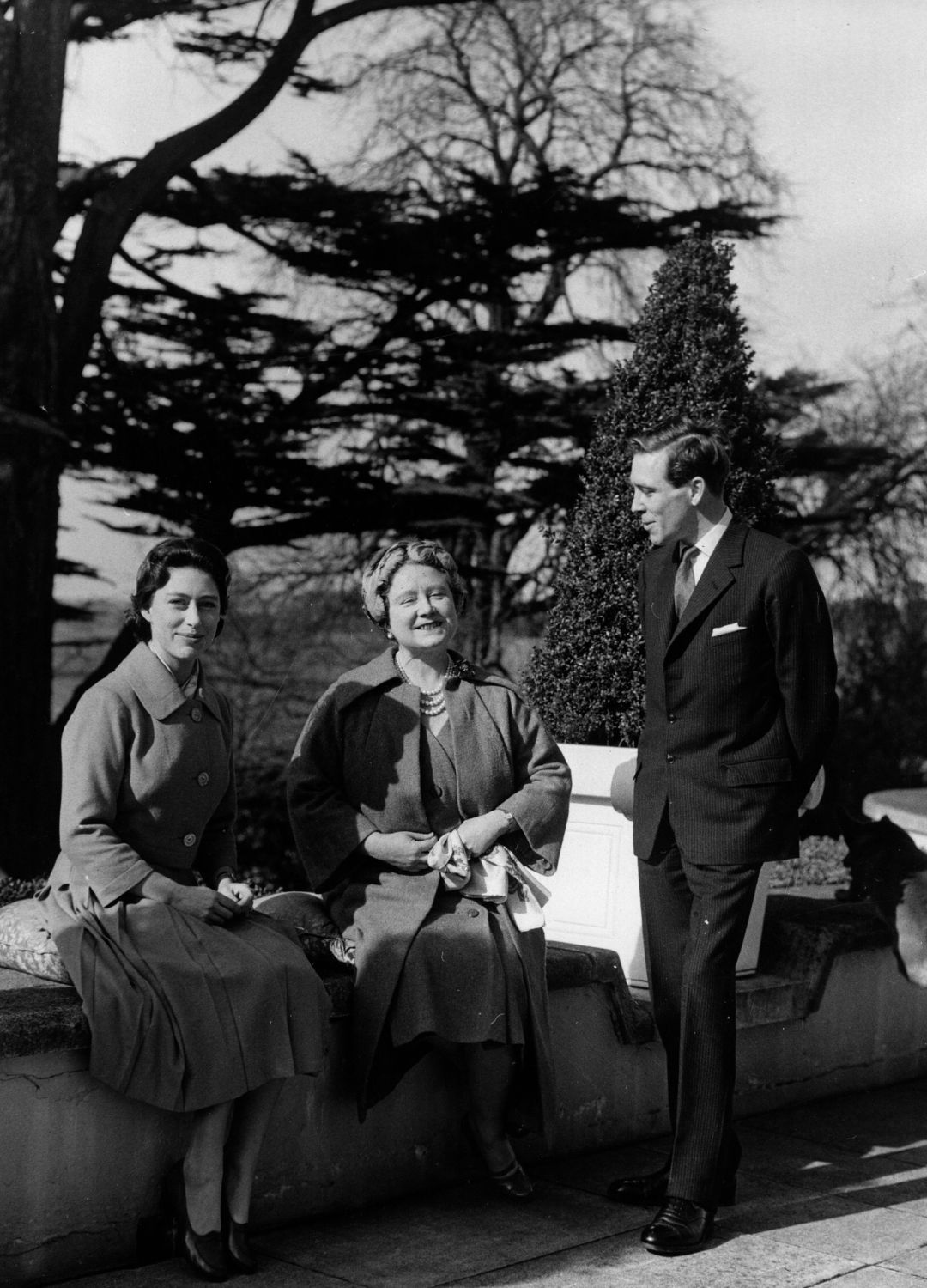
The Royal Lodge is a Grade II listed house in Windsor Great Park in Berkshire, and just over three miles away from Windsor Castle. After the ascension of Queen Elizabeth II to the crown following King George’s death, the Queen Mother made the Royal Lodge her main residence from 1952, right up until her death in 2002. Afterwards, it became the residence of Prince Andrew.
Even when she was getting on, she was full of energy

Full of life and vitality, the Queen Mother kept up with duties and appearances well into her later years. In one amusing tale from her former staffer, she wouldn’t let anything get in the way of her plans.
Per The Daily Mail, refusing to be late for a lunch appointment, she decided they’d simply walk there - much to the shock of the many Londoners around Green Park at the time.
Her kindness set the tone for the modern day monarchy

From her smiling portraits to her warmth with the public, the Queen Mother was one of the first to bridge the gap between monarchy and their loyal subjects. A widely reported anecdote captures this sentiment.
The story has it that one woman wrote to Barbara Cartland and said, “The Queen came down yesterday. She said to me, ‘I am so sorry. I know what you are feeling.’ It was like the voice of an angel. There’s never been a lady like her.”
She was the first centenarian in the British Royal Family

She had previously set the record as the longest-living British royal in 1998 at the age of 97, but in 2002, the Queen Mother set a new record as she became the first royal to live to be 100. And yes, like most fortunate people to hit the milestone, she did indeed receive a telegram from the Queen. The country celebrated the birthday with the expected pomp and circumstance, including more than 40,000 well-wishers gathering in the Mall near Buckingham Palace to watch the Queen Mother and her two daughters step onto the balcony of the Palace.
She was of the first royals to harness the power of fashion
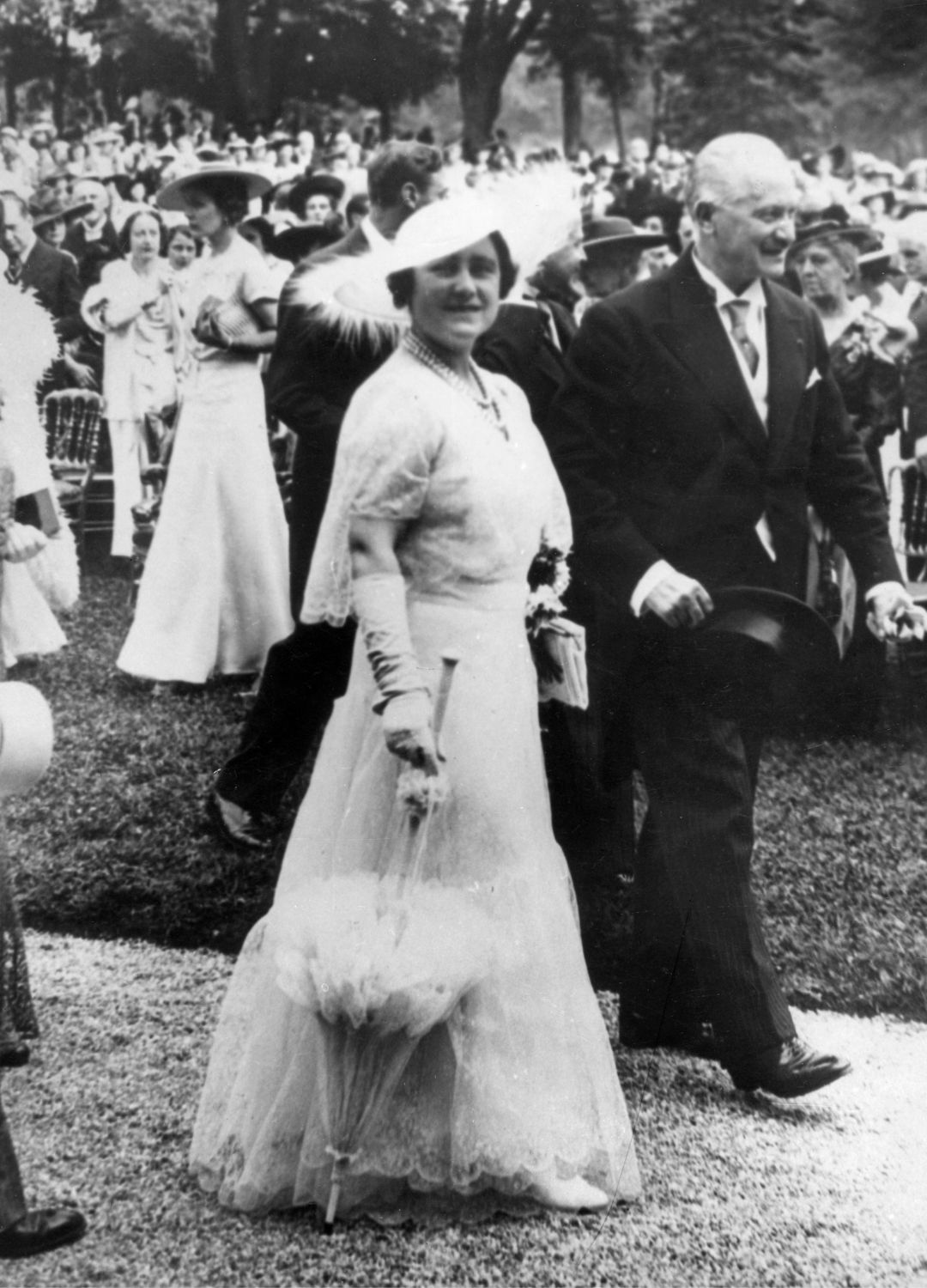
Instead of looking out of touch and too traditional, the Queen Mother enlisted the help of the era's top designers, including Norman Hartnell and Hardy Amies, to reflect the fashion of the day.
Indeed, her all-white wardrobe for a visit to France is regarded as an important moment in modernising and softening the image of the British aristocracy.
The Castle of Mey was her passion project

Each royal has their own happy place. For Elizabeth II, it was thought to be Balmoral. For her mother, it was the Castle of Mey, a tucked away Scottish castle which she purchased in 1952, following the death of King George VI. The Queen Mother used the castle for use as a holiday home.
In present day, King Charles and Queen Camilla are thought to enjoy staying in the castle.
Like her daughters, she was known for a sharp wit

A dry sense of humour, the Queen Mother was at ease with nobility and regular citizens alike. Her visibility and good spirits kept a lot of Brits positive during World War Two, and her hilarious reply to Buckingham Palace being bombed explains why. Rather than lamenting it, she reportedly joked, “I am glad we have been bombed. Now we can look the East End in the eye.”
Operation Tay Bridge

Like other royals, the Queen Mother’s funeral had a code name. Operation Tay Bridge, named after a bridge in Scotland. Her funeral, held on April 9 2002 at Westminster Abbey, attracted more than 10 million viewers.
The Queen Mother's coffin was decorated with camellias from the royal gardens. A framed letter from Queen Elizabeth was placed on the coffin, signed ’Lilibet’. The Abbey's tenor bell chimed 101 times, once for each year of the Queen Mother's life.
She died less than two months after losing her daughter

Sadly for the royals, the Queen Mother’s later years were filled with sadness. Just seven weeks before her own passing on March 30, 2002, the Queen Mother had to go through the pain of losing a child. Princess Margaret died on February 9, aged 71, following a fourth stroke.
She held the record for longest living royal until 2002
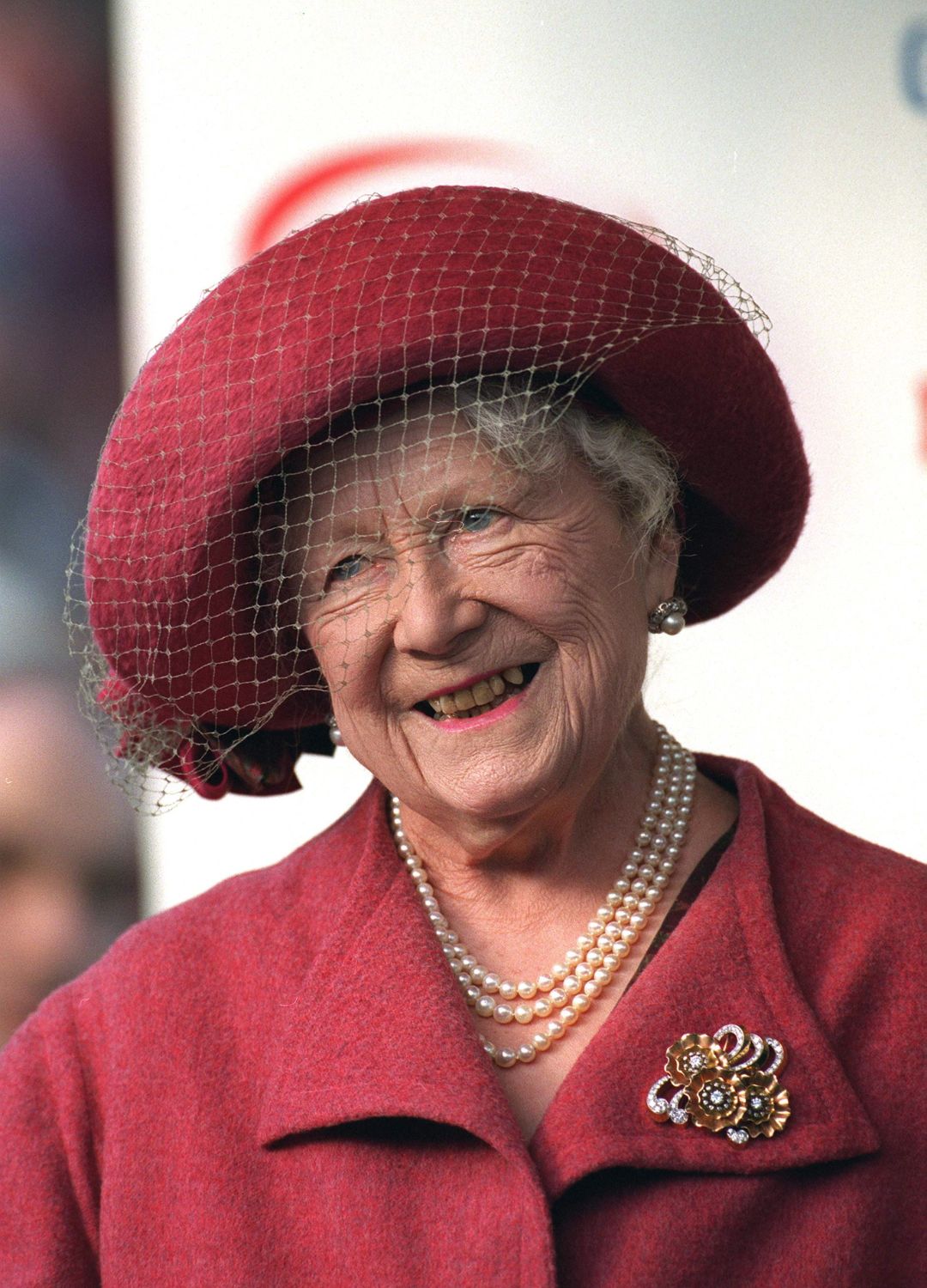
Living to 101 years and 238 days old, the Queen Mother holds the record for the second-longest living royal of all time. Only one royal has outlived her - Princess Alice, Duchess of Gloucester lived to be 102 years and 309 days old, dying in 2004.







